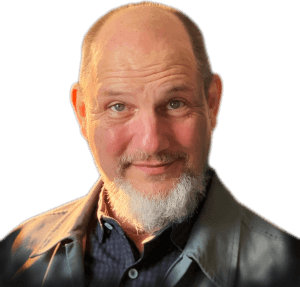“Find the art in yourself, not your self in the art.” Stanislavski
 Exploring structure by seeing the artist as bricklayer
Exploring structure by seeing the artist as bricklayer
Whether you are an abstract expressionist or a photo realist it might be time to think of your job more as a bricklayer than as some fancy-pants artist. Like the unpretentious bricklayer, who uses a trowel to lay down mortar in order to build a solid wall, we as artists are engaged in the process of building a painting or a poem or a character. The thought-idea happens in the palette of our mind, where, if all goes according to plan, is mixed into pure creative mortar and transformed into a usable form on canvas, paper or stage.
How often is a good idea or passage in a painting, poem or story, lost as it moves into its finished form? When is the initial impulse of an actor ruined by repetition or self-directorial tinkering? What happens along the way in the process? I have found it is more than likely due to the unhealthy interference of our ego.
That’s why the transformation from thought-idea to the finished product needs to be as direct and seamless as possible. So, it may be a good idea to realize that our job as artists is to get the thought idea to our wall with as little interference from our ego as possible. My great acting teacher, Alan Langdon, once described building a character as trying to put on a glove, sitting on a table, without moving it.
But how do we do this?
Sometimes working with a structure allows this seamless transition to occur, tricking the ego, by focusing it’s attention elsewhere. After all, that is the purpose of a structure, to free the true self from the ego. We are essentially sneaking up on the art by coming in through the back door of our mind. Structures create artificial limitations on the mind, from which the ego is kept occupied in freeing itself. Whereas looking good is the main preoccupation of the ego, the mind may have other ideas, which may be even more compelling. That’s why the ego hates structure and sees it as limitation, as a curtailment of its freedom. And so when a structure is in place it sets up a battle between ego and self. The ego wants to fix things, to make itself look good. The ego is deathly afraid of looking bad, while the self just wants to play and explore strange new worlds. In the true artist, the self always wins.
 Much is said about the right brain versus the left. Since the ego takes the form of language we can safely know it resides in the left brain. The right brain, which deals in perception and image, has no ego. Things just are. Therefore, peace between right and left must be made before art can occur. The key to this balance is through structure.
Much is said about the right brain versus the left. Since the ego takes the form of language we can safely know it resides in the left brain. The right brain, which deals in perception and image, has no ego. Things just are. Therefore, peace between right and left must be made before art can occur. The key to this balance is through structure.
The process must occupy the ego and engage the self. In this way the self is brought forward in a true exploration of a though-idea, rather than an attempt to duplicate or imitate it. Trying out different structures is how we find our voice as artists. They reveal our true self in our art.
Examples of painting structures:
- using a limited palette
- laying down a stroke once, then leaving it alone
- working big or small
- painting only shapes, not things
- not touching the surface (Pollack)
- using only straight lines
Examples of acting structures:
- focusing on intention rather than emotion
- speaking in a foreign accent
- targeting only one word per breath
- not moving at all or dancing throughout the entire scene in a rehearsal
Examples of writing structures:
- writing only in past, present or future tense
- eliminating adjectives or dialogue that does not move the plot
- Assigning specific paradigms or traits to characters which may influence their choices

 Would you like 20% Off any product or service on ManiscalcoGallery.com?
Would you like 20% Off any product or service on ManiscalcoGallery.com?